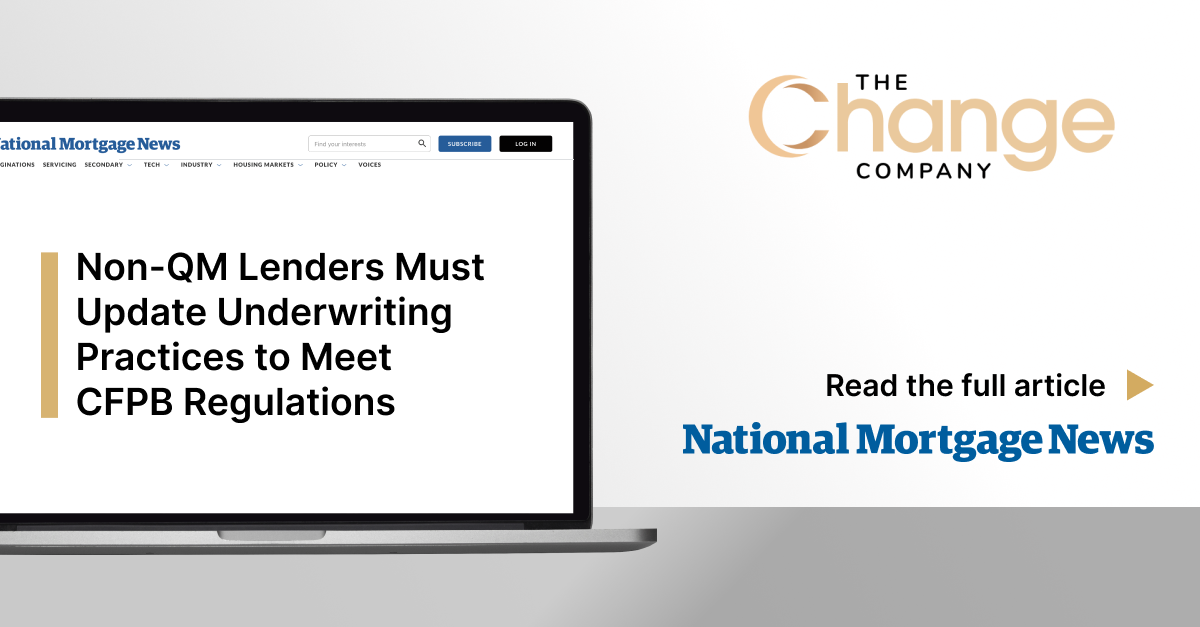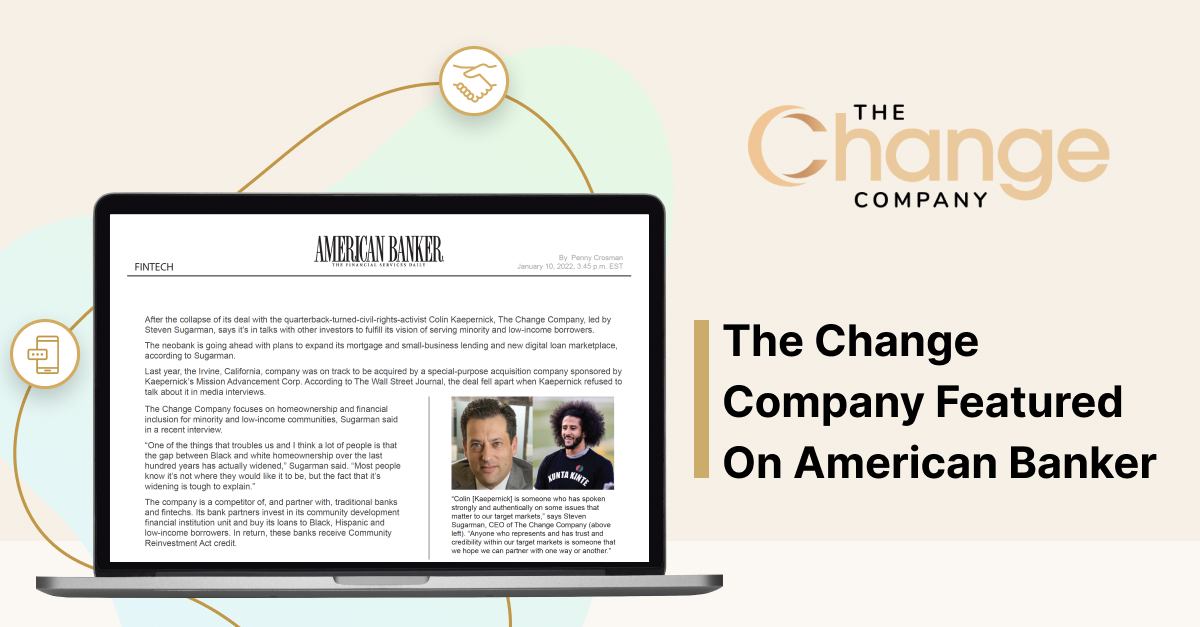It's a new day for lender serving minority and low-income communities
The United States Department of the Treasury recently took action to address one of the most persistent and frustrating structural problems facing America's minority and underbanked borrowers. By issuing clear guidance on fair lending practices, Treasury has addressed a hidden problem that has chased away investment in minority and low-income communities and illuminated a path for lenders and investors to provide capital to these borrowers fairly and responsibly.
The homeownership gap between Black and white Americans is wider today than it was during the Jim Crow era. This disparity has persisted over the past century despite a political interest in remediation. Congress has sought to address these inequities legislatively, including by passing the Community Reinvestment Act and the Riegle Community Development and Regulatory Improvement Act of 1994, which obligated banks to increase lending to the underbanked and created federally certified Community Development Financial Institutions to work with banks to serve these borrowers.
Unfortunately, these laws have not produced the results sought by Congress. Their positive impacts have been overcome by other structural challenges to lending to underbanked borrowers. Over the past decade, many banks and nonbank lenders alike have become reticent to lend to minority and low-income borrowers due to what they have perceived as the reputational risk associated with community development lending. Hundreds of banks have exited the mortgage lending market and many of those who continue to make mortgage loans have retreated to making only loans with underwriting criteria set by the government. The reason is that loans to marginalized communities carry heightened risk of being mischaracterized as predatory, risky or otherwise uneconomic.
Effective lending to underbanked communities requires product innovation to address the unique challenges of these markets. But lenders have become fearful that any proprietary or innovative loan underwriting programs that expand access to capital for homeownership will expose them to political and regulatory attacks. This fear results from the lack of guidance on what responsible lending to the underbanked looks like. Without any consensus on what constitutes a responsible lending practice, risk officers and executives have decided it is safer to simply exit the consumer mortgage market than to defend their products in the face of shifting standards and volatile market conditions.
Recently even CDFIs have faced cynical attacks on the impact of their lending. This has included the mischaracterization of CDFI mortgage loans to borrowers with prime credit scores and prime LTVs — even when the performance of CDFI originated loans is superior to traditional prime loans. Loans that allow prime borrowers with seasonal or volatile income to provide alternative documentation to qualify for a home loan have been falsely called "no-doc" loans. The results of these political attacks are fewer willing lenders for creditworthy borrowers who depend on CDFIs to fully participate in the financial system.
This is why the United States Department of the Treasury's recent rulemaking around responsible lending practices has the potential to be a game-changer for underbanked communities. The Treasury for the first time specified what it believes to be Responsible Lending Practices (RLPs) — providing clear standards that responsible lenders can point to when serving the underbanked. While these regulations explicitly require CDFIs to maintain the most responsible lending standards, they are equally applicable to all mortgage lenders who seek to ensure their businesses are engaged in fair and responsible lending.
Mortgage originators — and investors — must now determine if they wish to conform to the Treasury's RLPs to protect borrowers from predatory and unethical practices. The new rules will not meaningfully change CDFI lending practices, as CDFIs already largely comply with the RLPs. But we believe that the clarity of the RLPs will enable more lenders to feel comfortable making proprietary home loans that serve minority and low-income borrowers. It will also allow investors in these loans to avoid the reputational pitfalls that have plagued these products.
We expect the new RLPs will bring new, needed capital to the CDFI industry. More counterparties will become comfortable partnering with CDFIs, knowing that the Treasury ensures their loan practices meet the highest government standards. Bankers, too, should become more willing to partner with CDFIs, and should require their business partners to meet these RLPs. All financial institutions will face lower reputational risks when they partner with CDFIs who comply with responsible lending practices. This will result in a reduction in the structural inequities that still plague home lending.
The Treasury should be applauded for addressing this area of uncertainty in lending that has had such wide-ranging impacts on minority and low-income borrowers. Now that the Treasury has provided clear guidance on how to serve these important borrowers fairly and responsibly, we expect to see an inflow of capital to America's most vulnerable communities at this time of economic uncertainty.
Steven A. Sugarman
Founder, The Change Company CDFI LLC



.jpg)



.jpg)
















.png)














.jpeg)






























%2525201%252520(1).png)




